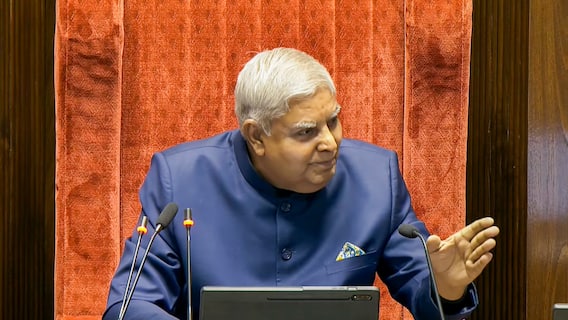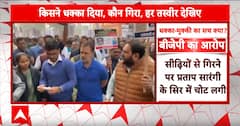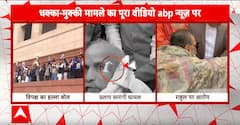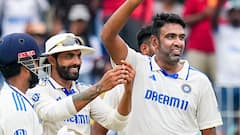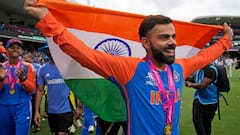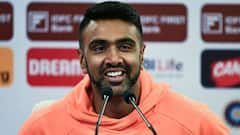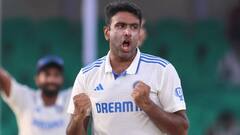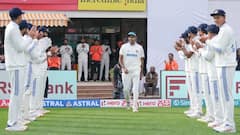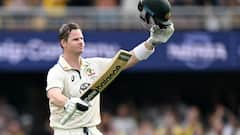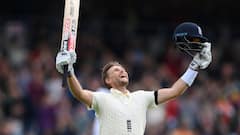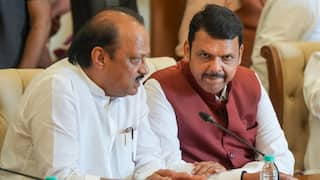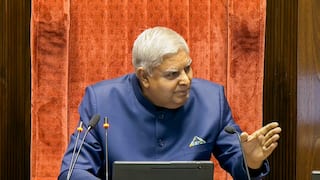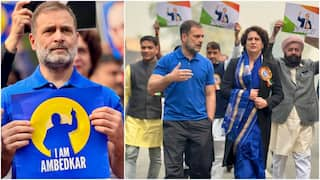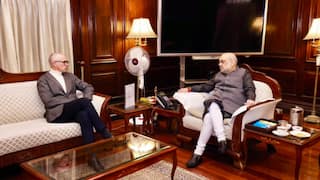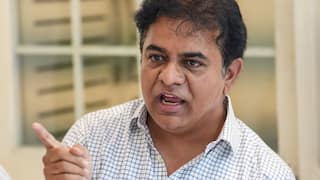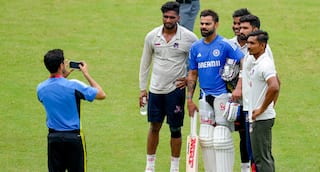South African Batting Needs To Fix The Gaping Hole Left After Retirements Of Amla and De Villiers
With Test cricket getting more competitive and purposeful with the advent of the World Test Championships, the Proteas need to step up their batting efforts against quality oppositions

It was not very long back when South Africa were the Number One ranked team in Test cricket and that too for a relatively long time period. With the turn of the millennium, the Proteas had an extended spell of dominance in red ball cricket after the fall of the mighty Australians and before the rise of Team India to the very pinnacle in the longer format.
Besides being a formidable force at home where they were virtually unconquerable on seam friendly tracks, the South Africans were widely hailed as the best travellers to the subcontinent on the back of their impressive track record on spinning tracks where other teams struggled to compete.
Under the captaincy of an astute leader in Graeme Smith, the Proteas were at the peak of their prowess and had arguably one of the best-oiled units in Test cricket. While their lethal pace attack spearheaded by Dale Steyn, Vernon Philander and Morne Morkel was the cutting edge dimension that won them numerous Test series, it was their formidable batting which set up the platform for their bowlers to bowl out quality batting line-ups.
A breath taking batting unit comprising of the tenacious Graeme Smith, the immensely talented Herschelle Gibbs, and the rock solid Jacques Kallis, the dependable Faf Du Plessis and the aggressive Quinton De Kock was the envy of most of their rivals and a nightmare for opponents. Add to that handy contributors like Dean Elgar, the pocket dynamite Temba Bavuma and even the all-rounder Vernon Philander who made their batting more meaty and robust.
While Smith, Gibbs and De Villiers were the aggressors courtesy their exquisite and eye pleasing strokeplay, it was Amla and Kallis who held the fort in the middle and sheet anchored many a match winning innings. The two seemed stoic in defence and were untiring in their pursuit of grinding the opposition with the art of occupying the crease for periods of time.Amla was the run grafter who went about his business with refined aggression and piled up Test centuries at an astounding pace. Batting genius De Villiers could torment the best of bowling attacks with relative ease and turn around games for his side. The much famed trio of Amla-De Villiers and Kallis were consistently ranked among the top three batsmen in international cricket owing to their run scoring exploits.
After Jacques Kallis retired from Tests, Amla and De Villiers became the mainstay of the Proteas batting line-up and spearheaded the middle order for the next couple of seasons. With De Villiers announcing his retirement rather prematurely from Test cricket and Amla's form dipping to a great extent,
South Africa's hegemony at the very top of the game got challenged as they found it tough to notch up those imposing totals and give their bowlers a chance to bowl out sides. India and England gradually edged them out to the very pinnacle of Test cricket.
With Amla retiring from Test cricket, a lot of the onus fell on skipper Faf Du Plessis to hold the middle order together. He did the job to the best of his ability but has been plagued by the absence of another frontline batsman of Test pedigree.
South Africa are currently ranked 3rd in the ICC Test Team Rankings and are still very much a competitive unit in red ball cricket. While, they continue to dominate at home winning all their series since 2016 except the shocking loss to Sri Lanka in their last Test assignment, the real trouble area has been their massive dip in form while travelling abroad. The Proteas lost (0-3) to India in 2015-16, were defeated by England (1-2) in 2016 and (1-3) in 2017, lost to Sri Lanka (0-2) in 2018.
A closer look at their current batting line-up in Test cricket could be best termed as good but not masterclass.
Skipper Faf Du Plessis, their most experienced and valuable asset with the bat, is the gluing factor in the batting unit which boasts of some quality strokemakers. Quinton De Kock, who opens in ODIs with a high degree of success comes down the order and plays a Gilchrist kind of a role at Number 6. While he was quite consistent a few seasons ago, his form has dipped and coincided with South Africa’s slide from the very top in the longer format.
The highly talented Aiden Markram has given a glimpse his repertoire with the willow at the highest level but need to showcase greater deal of consistency to match up to the feats of his illustrious predecessors.
Dean Elgar has been a gritty opener who has runs behind him across different conditions but is surely bound by his limited stroke making ability. Heinrich Klaasen has fared well in the limited overs cricket but it has to be seen whether he has the pedigree to bat with same conviction in the Test area.
A look at the current ICC Test rankings (Batsmen) clearly indicates that none of the top order Proteas batsman are among the top ten in the world. It is a widely accepted fact among cricket circles that Steve Smith, Virat Kohli, Kane Williamson and Joe Root are the ‘’Big Four’ Batting Stars of Test cricket at present. The Proteas front-line batsman are at best second best placed at Aiden Markram (10th), Quinton de Kock and Francois du Plessis (12th) in the latest ICC Test rankings.
With the Proteas in a state of massive transition after many of their stalwarts bidding farewell to the sport, the upcoming Test series against a potent Indian side in their backyard would serve as a real Test of the mental fortitude, application, girt and temperament of their batsmen on the turning tracks against world class spinners in Ravichandran Ashwin, Ravindra Jadeja and Kuldeep Yadav.
With Test cricket getting more competitive and purposeful with the advent of the World Test Championships, the Proteas need to step up their batting efforts against quality oppositions so as to give the likes of Rabada, Ngidi and Co. the leverage of getting them into match winning positions with the ball.
Trending News
Top Headlines





